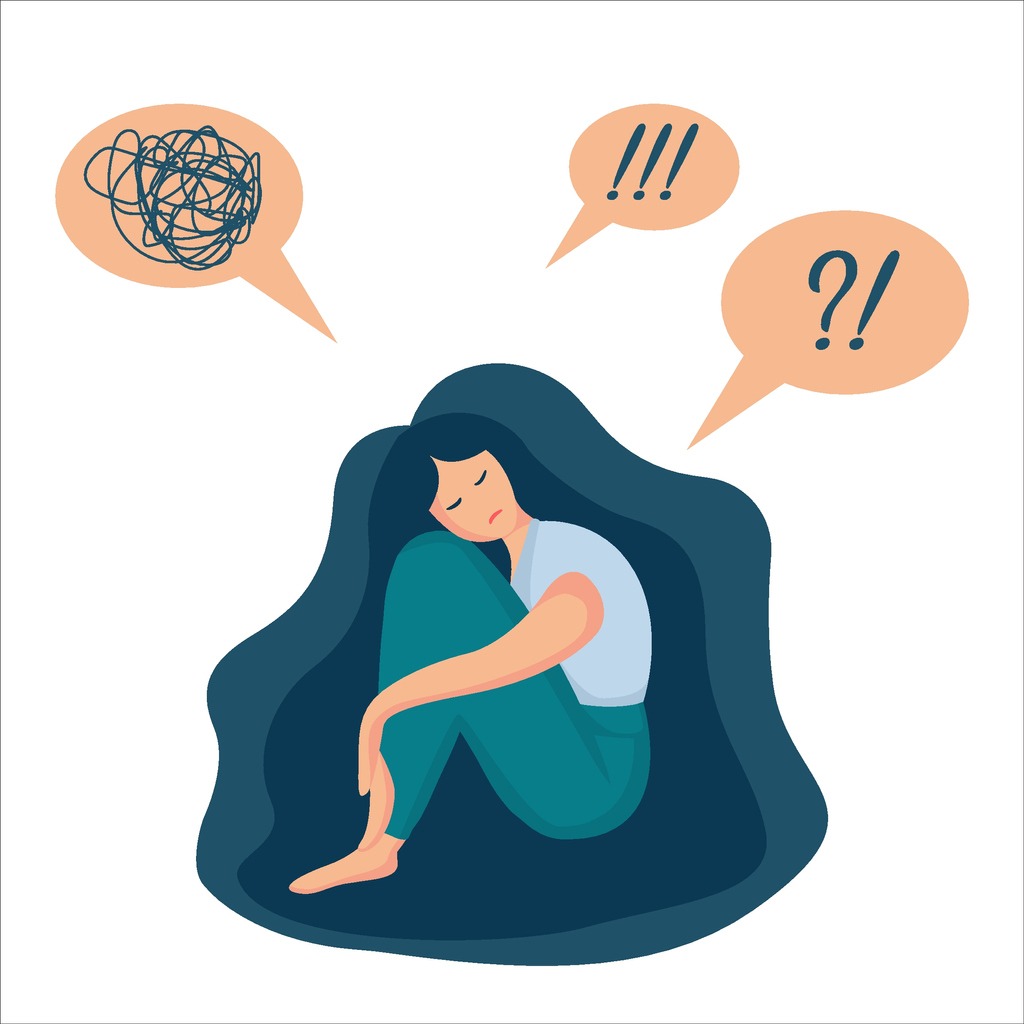What is Epilepsy?
Epilepsy is a central nervous system disorder where brain activity becomes dysregulated and this causes seizures.
It is the 4th most common neurological disorder in the United States with 3.4 Million people living with active epilepsy. One out of 10 people will have seizures. Temporary electrical changes in the brain result in seizures, ranging from momentary staring spells to life-threatening convulsions. Some of the known causes of epilepsy are head injuries, strokes, tumors, birth defects, infections, genetic conditions, and chemical changes in the brain, including those induced by drugs and alcohol. According to the Centers for Disease Control and Prevention, one must have had two or more seizures to be diagnosed with epilepsy.
Epilepsy may affect people of all ages. Most children who are diagnosed with epilepsy eventually grow out of it, while others require lifelong treatment.
Different Types Of Seizures
A person with epilepsy can have more than one type of seizure. It is not always evident when a person is having a seizure. Some individuals may appear to be in a confused daze, while others can cause a person to fall, shake and become unaware of their surroundings.
Generalized Seizures: Affect both sides of the brain.
- Absence Seizures: Rapid blinking and staring into the surroundings.
- Tonic-Clonic Seizures: Cry out, lose consciousness, fall to the ground, muscles jerks, and/or spasms. Often results in a feeling of tiredness.
Focal Seizures (Partial seizures): Located in one area of the brain.
- Simple Focal Seizures: twitching or changes in sensations, such as taste or smell.
- Complex Focal Seizures: Cause one to be confused or dazed with the inability to respond to questions and/or directions.
- Secondary Generalized Seizures: They begin in one part of the brain and then spread to both sides. It begins as a focal seizure, ultimately turning into a generalized seizure.
How Does Neurofeedback Help with Epilepsy?
Neurofeedback is a noninvasive, and non-drug protocol. Since epilepsy is a result of the misfiring of neuronal activity in the brain, neurofeedback is an optimum choice for intervention since the brain is taught how to reset its own neuronal firing. It is designed to help reduce the symptoms for patients by resetting the brain wave activity.
Epilepsy is one of the first disorders that neurofeedback has helped with. Neurofeedback gives one an innovative way to rewire and self-correct the brain for optimal brain functioning. On an everyday basis, one is not aware of how their brain is misfiring, but with neurofeedback, one can spot when the brain is misfiring and the technology allows us to rebalance the firing patterns in the brain. When the dysregulated brain waves that misfire are seen in real time it makes way for the brain to self-heal in that exact moment.
The goal of neurofeedback is to regulate brain wave patterns. Neurofeedback for seizures can help train the brain to reduce brain wave patterns that lead to the generation and propagation of seizures (Walker et al., 2008). With consistent Neurofeedback training, brain wave patterns will self-correct which makes seizures less likely to occur.
Published Clinical Research
A study conducted in the Journal of Clinical EEG and Neuroscience suggests that out of 87 participants, 64 experienced a reduction in the frequency of their seizures; 74% saw improvement in their symptoms.
Through neurofeedback training, the brain can learn to regulate and stabilize the nerve disruptions that cause their condition. It can help restore the brain’s function and resolve its dysregulation, though it is not a “cure” for epilepsy (Tan et al., 2009).
What to do in the event of a seizure

At Healthy Within, we do not diagnose or medicate our patients but instead, curate individualized protocols for our patients.
Contact us for more information about how we can help you get your mind and brain back to functioning at its calm, confident self.

References
https://www.cdc.gov/epilepsy/about/fast-facts.htm
https://www.cdc.gov/epilepsy/about/types-of-seizures.htm
https://manhattanmedicalarts.com/blog/neurology-disorder-epilepsy-causes-symptoms/
https://www.mayoclinic.org/diseases-conditions/epilepsy/symptoms-causes/syc-20350093
https://www.drakeinstitute.com/neurofeedback-for-epileptic-seizures
Clinical EEG and neuroscience : official journal of the EEG and Clinical Neuroscience Society (ENCS). 40. 173-9. 10.1177/155005940904000310.
Clinical EEG and Neuroscience. 2008;39(4):203-205. doi:10.1177/155005940803900410

